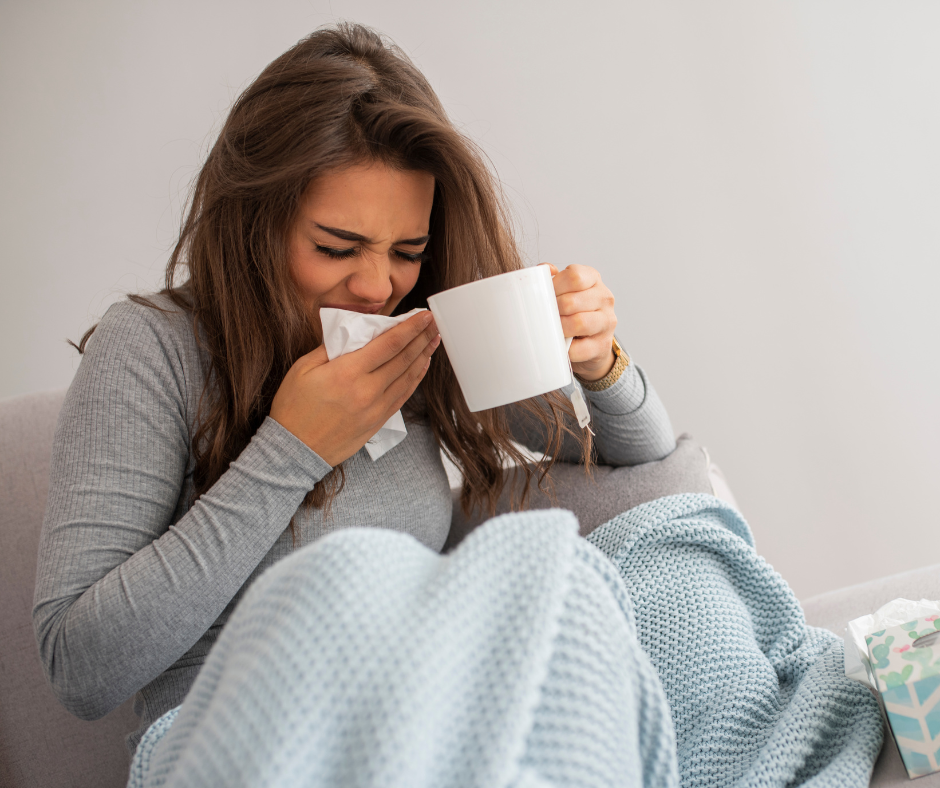With winter fast approaching, the short days and cold nights will soon be accompanied by coughs, colds and in some cases, the flu.
And while some people may resign themselves to a yearly dose of misery, there are things you can do to help protect you and your family. Here’s your crash course in cold & flu protection.
First up, the difference between a cold and the flu. They’re both caused by a virus, and they can both give you similar symptoms, such as a blocked or runny nose, sore throat, cough, headache, and generally feeling lousy.
But the flu (influenza) is a much more severe illness, symptoms appear very quickly and it makes you feel very weak and tired – you may even have trouble getting out of bed. Severe illness and complications, such as pneumonia, make the flu particularly bad for people aged over 65, children less than five years, pregnant women, Aboriginal and Torres Strait Islander people and those with other chronic health conditions.
The best way to protect yourself from the flu is simple – get the flu shot. It’s a yearly vaccine that protects against the most common strains of influenza virus and significantly reduces your risk of developing the flu. It also helps protect the rest of the community by limiting the virus’ transmission from person to person. The flu vaccine is recommended for all people aged 6 months and over.
The flu vaccine won’t stop you from getting a cold, because it’s caused by a different virus. But you can still reduce your risk – good hand hygiene, especially after coughing or sneezing, helps to reduce the spread of the virus, and some vitamins and supplements may help to boost your immune system and get you better quicker if you’ve come down with a cold. Antibiotics aren’t recommended as they only work against bacteria, not viruses, so don’t ask your doctor for them.
Whether you’re going to spend this winter rugged up in front of the fire or out and about embracing the cold, don’t forget your flu shot.

